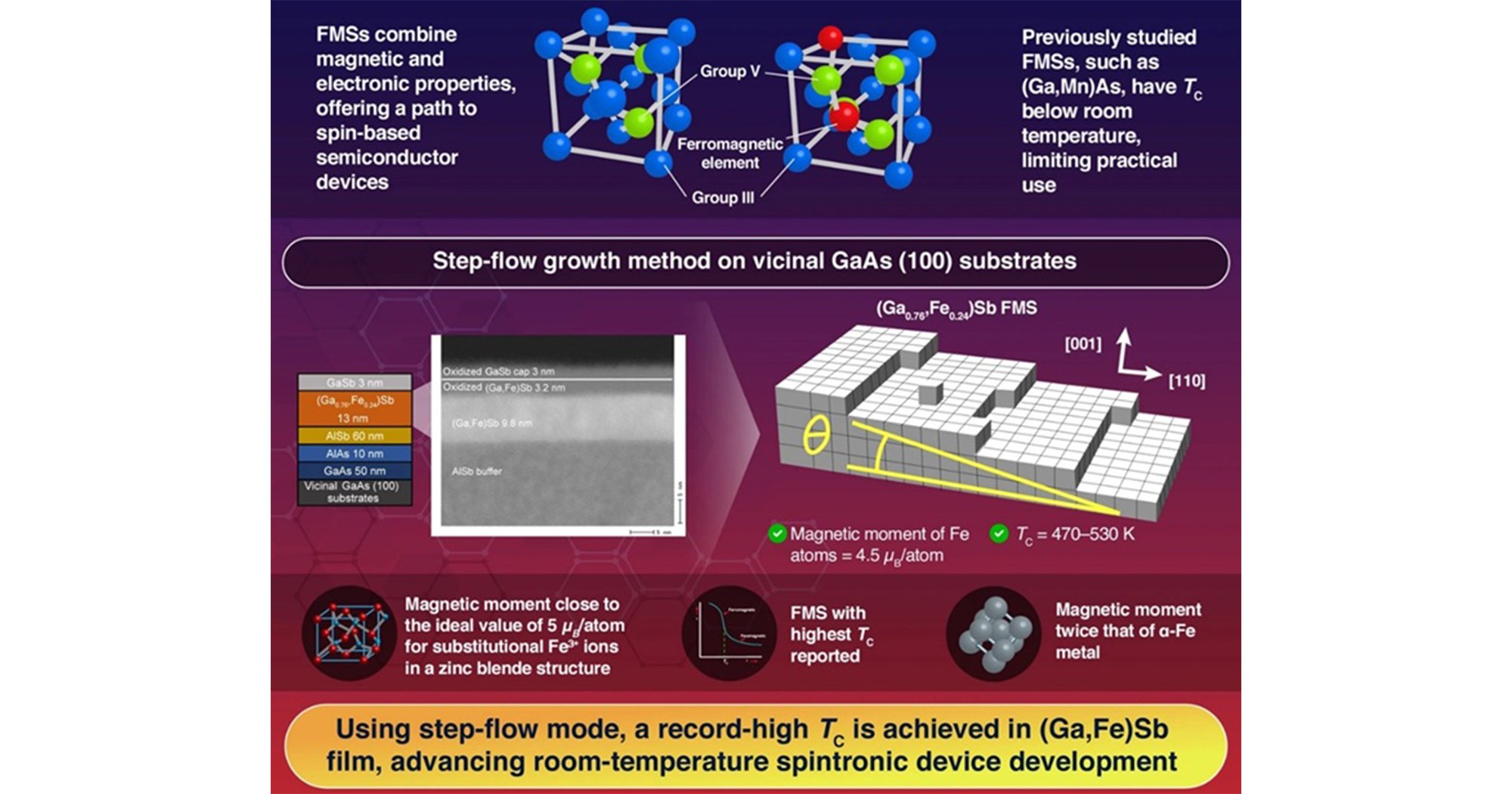Share this
Authors
Shinobu Ohya, Shun Tsuruoka, Masaya Kaneda, Hikari Shinya, Tetsuya Fukushima, Takahito Takeda, Yuriko Tadano, Tatsuro Endo, Le Duc Anh, Akira Masago, Hiroshi Katayama-Yoshida, and Masaaki Tanaka
Abstract
Exploring potential spintronic functionalities in resistive switching (RS) devices is of great interest for creating new applications, such as multifunctional resistive random-access memory and novel neuromorphic computing devices. In particular, the importance of the spin-triplet state of cation vacancies in oxide materials, which is induced by localized and strong O–2p on-site Coulomb interactions, in RS devices has been overlooked. d0 ferromagnetism sometimes appears due to the spin-triplet state and ferromagnetic Zener's double exchange interactions between cation vacancies, which are occasionally strong enough to make nonmagnetic oxides ferromagnetic. Here, for the first time, anomalous and colossal magneto-RS (CMRS) with very high magnetic field dependence is demonstrated by utilizing an unconventional RS device composed of a Ge nanochannel with all-epitaxial single-crystalline Fe/MgO electrodes. The device shows colossal and unusual behavior as the threshold voltage and ON/OFF ratio strongly depend on a magnetic field, which is controllable with an applied voltage. This new phenomenon is attributed to the formation of d0-ferromagnetic filaments by attractive Mg vacancies due to the spin-triplet states with ferromagnetic double exchange interactions and the ferromagnetic proximity effect of Fe on MgO. The findings will allow the development of energy-efficient CMRS devices with multifield susceptibility.
Advanced Materials: https://onlinelibrary.wiley.com/doi/abs/10.1002/adma.202307389
These Related Stories
